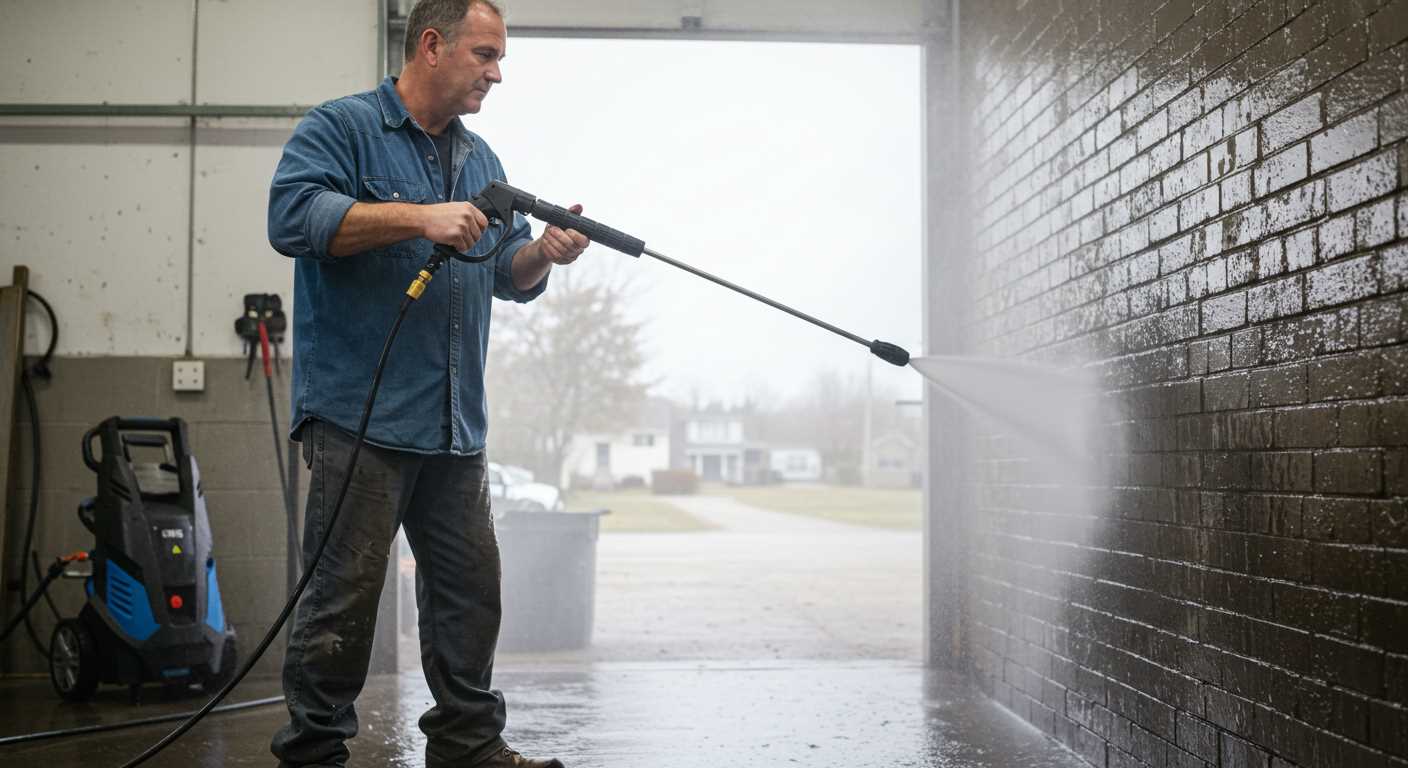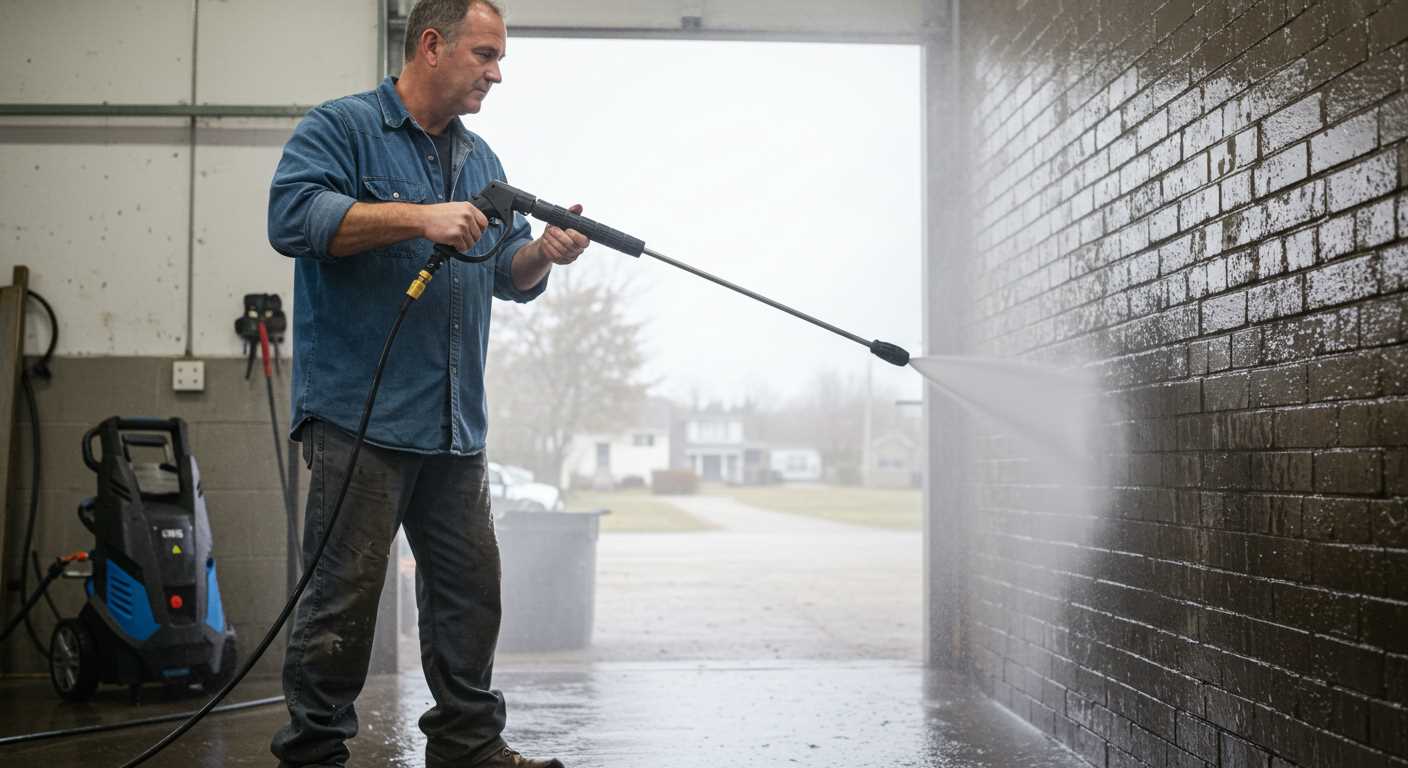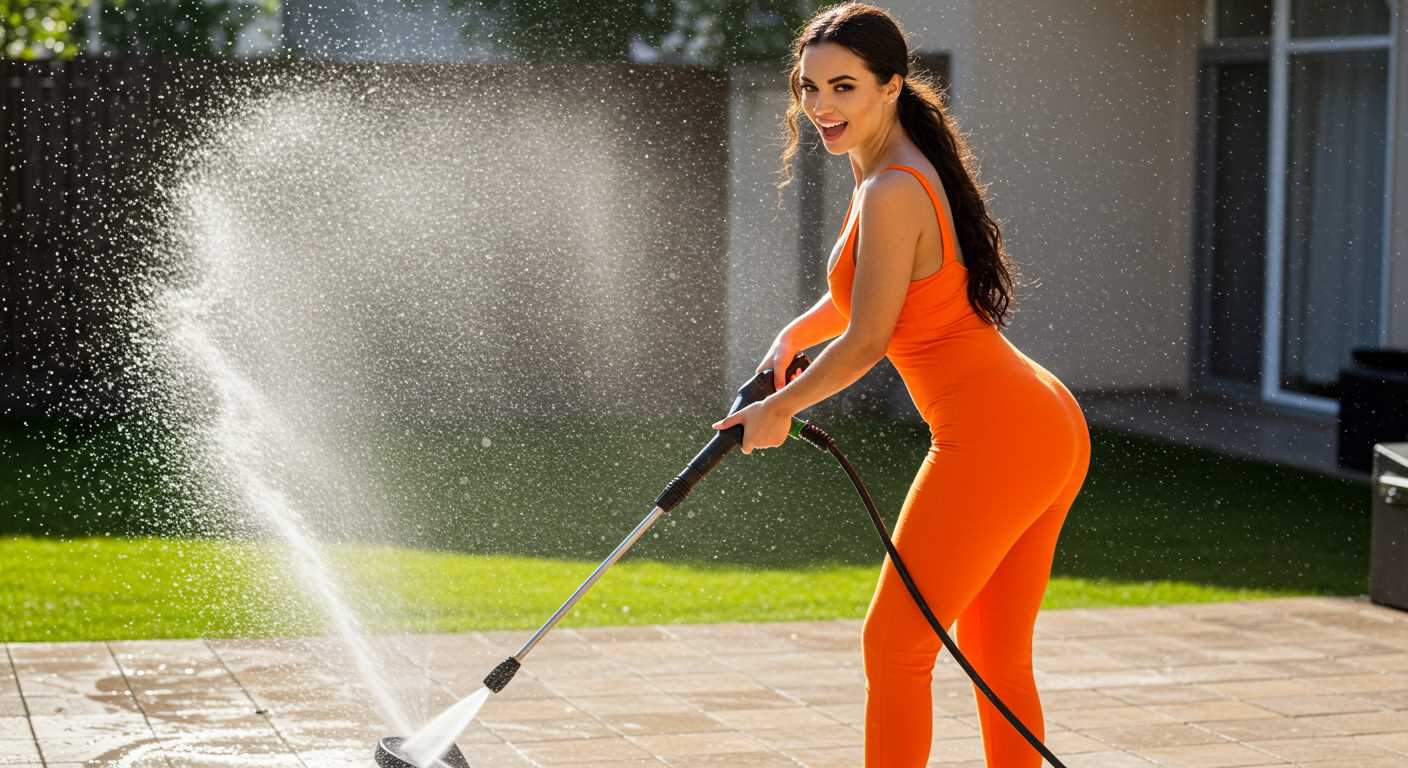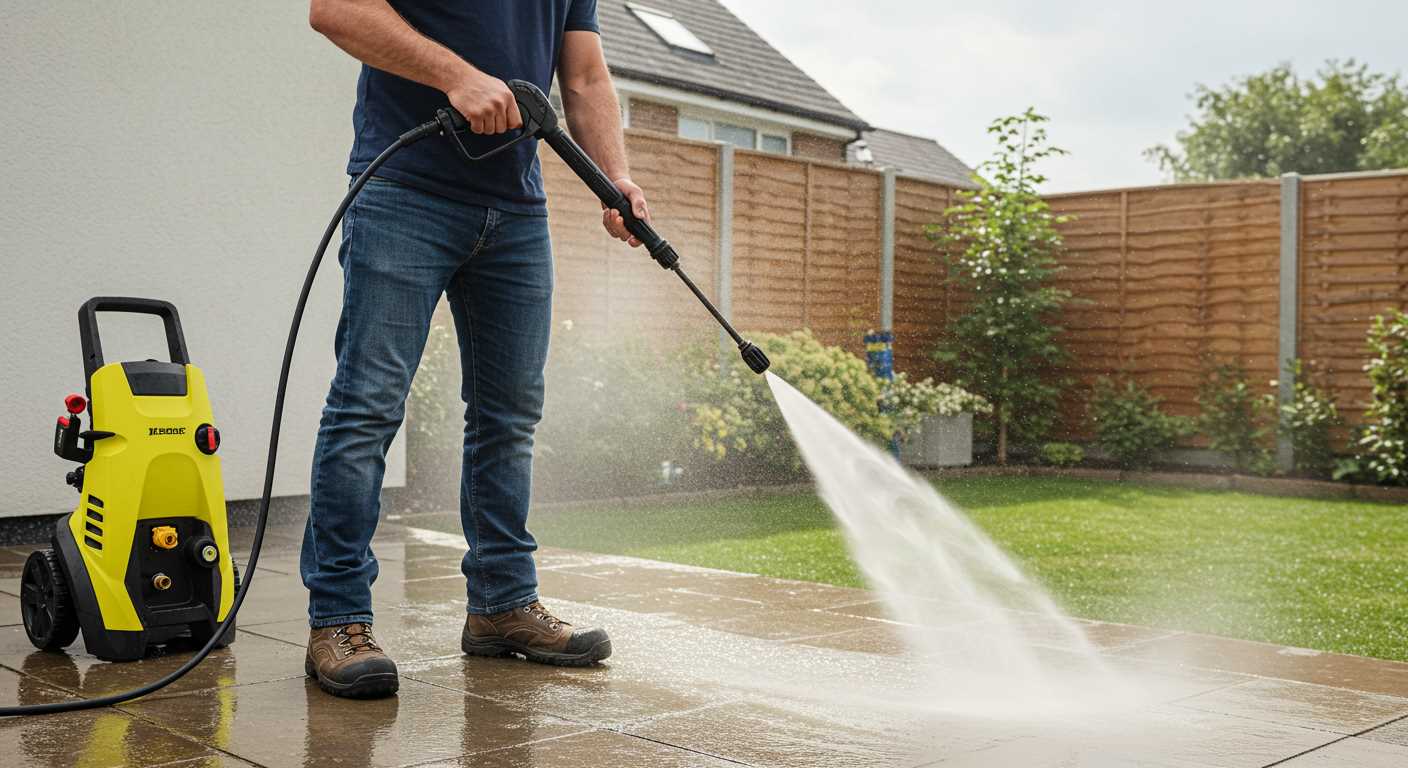




Begin with a simple mixture of warm water and mild detergent to tackle grime on your outdoor surfaces. This basic solution is often all you need to restore the natural beauty of wood. Apply it generously using a soft-bristle brush, ensuring that you work in the direction of the grain to avoid damaging the surface.
For tougher stains, consider using a paste of baking soda and water. This gentle yet effective approach helps lift stubborn dirt and discolouration. Spread the paste on the affected areas and let it sit for about 15 minutes before scrubbing. A little elbow grease goes a long way here, and you’ll be amazed at the results.
If mould or mildew is present, a vinegar solution can be particularly useful. Mix equal parts of white vinegar and water in a spray bottle, then apply it directly to the affected spots. Allow it to sit for at least 30 minutes, then scrub and rinse thoroughly. This natural remedy not only cleans but also helps to deter future growth.
After you’ve tackled the cleaning, rinse the surfaces with a garden hose to remove any remaining residue. This step is crucial to ensure that no cleaning agents are left behind, which could affect the wood’s appearance over time. Once rinsed, allow the surface to dry completely before applying any sealants or finishes.
Regular maintenance is key to keeping outdoor surfaces looking their best. A quick sweep to remove debris and an occasional wash with the methods described can extend the life of your wood significantly. Make this a part of your seasonal routine, and you’ll enjoy a beautiful outdoor space for years to come.
Best Techniques for Maintaining Your Outdoor Surface
Use a stiff-bristled broom to sweep away dirt and debris regularly. This simple step prevents the build-up of grime and keeps the surface looking fresh.
For stubborn stains, create a mixture of warm water and mild dish soap. Apply it generously with a sponge or soft cloth, then scrub gently. Rinse thoroughly with clean water to avoid residue.
For organic stains like mould or mildew, mix equal parts of white vinegar and water in a spray bottle. Spray the affected area and let it sit for about 30 minutes. Scrub lightly with a brush, then rinse off. This method is safe and environmentally friendly.
If you encounter grease or oil marks, sprinkle baking soda over the stain. After a few minutes, scrub with a damp cloth or sponge. The baking soda helps lift the grease, making it easier to remove.
To maintain the natural colour of the surface, consider applying a wood brightener. This product helps to rejuvenate and restore the appearance after cleaning. Follow the manufacturer’s instructions for the best results.
For regular upkeep, use a sealant designed for outdoor surfaces. This protects against moisture and UV rays, extending its lifespan. Reapply every few years, depending on the product guidelines.
Choosing the Right Cleaning Solution for Your Deck
Selecting an appropriate cleaning agent can significantly impact the outcome of your maintenance efforts. I recommend looking for biodegradable options that are specifically designed for outdoor surfaces. These solutions often contain natural ingredients that break down dirt and grime without harming the environment.
Types of Solutions
Here are a few categories of cleaning agents to consider:
| Type | Benefits | Considerations |
|---|---|---|
| Soap-Based Cleaners | Gentle on wood, effective for light stains | May require more scrubbing for tougher spots |
| Oxygen Bleach | Non-toxic, removes mildew and stains | Can be slower to act; might need longer soaking time |
| Vinegar Solution | Natural disinfectant, good for minor stains | Not suitable for all wood types; test first |
| Commercial Deck Cleaners | Formulated for heavy-duty cleaning | Check for compatibility with your surface |
Application Tips
When applying your chosen solution, always follow the manufacturer’s instructions. Use a soft-bristle brush or a mop to spread the cleaner evenly. For more stubborn areas, allow the solution to penetrate for a few minutes before scrubbing. Rinse thoroughly to remove any residue.
Consider investing in a pressure washer for outdoor furniture if you find that traditional methods are not yielding satisfactory results. They can be a time-saver for larger areas, though not always necessary for general upkeep.
Preparing the Area and Removing Furniture
Clear the space of all furniture and accessories. Move items such as chairs, tables, and planters to create an unobstructed area. This prevents damage to your belongings and allows for thorough maintenance of the surface.
Cover any electrical outlets or fixtures with plastic sheeting or tape to protect them from moisture and cleaning solutions. If you have potted plants nearby, consider relocating them temporarily to avoid any potential harm from cleaning agents.
Inspect the surface for any loose boards or nails. Tighten or replace them as needed to ensure safety during the cleaning process. Remove any debris, such as leaves or twigs, that may have accumulated. A clean surface will enhance the effectiveness of your chosen cleaning method.
Use a broom or a leaf blower to eliminate dust and dirt particles. This step prepares the area for treatment and ensures that the cleaning solution can penetrate effectively.
Consider placing a tarp or old towels on the ground to catch any drips or spills from your cleaning solution. This not only protects your garden or patio but also makes for easier cleanup afterward.
Finally, ensure that you have all your cleaning supplies ready and within reach. Gather buckets, brushes, and any chosen solutions before you begin, so you won’t have to interrupt the process. Being organised saves time and effort.
Scrubbing Techniques for Different Types of Decking Materials
For composite surfaces, a soft-bristle brush works wonders. Apply a mild detergent mixed with warm water. Scrub along the grain to avoid scratches, rinsing the brush frequently to prevent dirt from building up. This method protects the finish while ensuring a thorough cleanse.
Wooden platforms require a bit more care. Opt for a stiff brush, as this can effectively remove embedded dirt and mildew. Use a solution of vinegar and water for a natural approach. Scrub gently, focusing on problem areas, and rinse with clean water to avoid residue. Afterward, consider applying a wood protector to enhance durability.
For PVC materials, a non-abrasive sponge is ideal. Combine a mild soap with warm water, and scrub gently to maintain the surface sheen. Avoid harsh chemicals that could dull the finish. Rinse thoroughly to prevent soap scum from forming.
If your structure is made of aluminium, use a soft brush with a mixture of baking soda and water for a safe yet effective clean. This not only removes stains but also helps eliminate oxidation. Rinse the area well, ensuring no residue remains to prevent streaks.
Lastly, for stained or painted surfaces, a gentle scrubbing pad combined with a diluted dish soap solution can be effective. Test a small area first to ensure no damage occurs. Rinse well to preserve the finish and maintain appearance.
Using a Hose and Brush for Thorough Cleaning
For a detailed and effective approach, grab a sturdy brush along with your hose. This combination allows for a hands-on method that can rejuvenate your outdoor surfaces significantly. Opt for a brush with stiff bristles; it will be more effective in removing grime and debris stuck in crevices.
Preparation Steps
Before you start, ensure the area is free from furniture and plants. A clear space not only makes the job easier but also prevents any damage to your belongings. Wet the surface lightly with your hose to loosen dirt, which helps reduce the scrubbing effort needed later.
Technique and Tips
Apply a cleaning solution suitable for your type of surface, following the manufacturer’s instructions. Use your brush to work the solution into the surface in small sections. Apply firm, steady pressure while scrubbing, focusing on stained areas. Rinse thoroughly with your hose after scrubbing each section to ensure no cleaning residue remains.
For stubborn spots, you might need to repeat the process or allow the solution to sit for a few minutes before scrubbing. This approach not only cleans effectively but also helps maintain the material’s integrity over time. Always rinse well to avoid any slippery residue that could pose a hazard.
In my experience, taking the time to scrub by hand often yields better results than relying solely on machines. It allows you to inspect the surface closely and address any areas needing special attention.
Dealing with Stains and Mildew on Decking Boards
For stubborn marks and mildew on outdoor surfaces, a solution combining vinegar and baking soda works wonders. Mix equal parts of vinegar and water in a spray bottle, and apply it generously to the stained areas. After letting it sit for about 30 minutes, sprinkle baking soda over the top. The fizzing action will lift dirt and grime, making it easier to scrub away.
Scrubbing Away Stains
Utilise a stiff-bristled brush to scrub the affected areas after applying the vinegar solution. Focus on one section at a time, working in circular motions. For tough mildew, a paste made from baking soda and water can be applied directly to the spots before scrubbing. Rinse thoroughly with a garden hose to remove residue.
Preventing Future Issues
To keep your outdoor space looking pristine, consider applying a protective sealant after cleaning. This will help repel moisture and prevent mildew growth. Regular maintenance, such as sweeping and prompt spill clean-up, also plays a key role in prolonging the life of your surfaces.
For those interested in preserving their culinary delights, you might find this guide on how to can diced tomatoes with a pressure cooker useful.
Maintaining Cleanliness After the Deep Clean
To preserve the appearance of your outdoor surfaces, regular maintenance is key. After completing an intensive scrub session, consider implementing a consistent upkeep routine to keep grime, dirt, and stains at bay.
Routine Sweeping and Debris Removal
- Schedule weekly sweeping to eliminate leaves, dirt, and other debris.
- Use a stiff-bristled broom to effectively dislodge dirt particles from crevices.
- Consider a leaf blower for larger areas, as it can quickly clear debris without much effort.
Periodic Spot Treatments
- Inspect for any new stains or discolouration. Address them immediately with a suitable solution.
- Keep a small container of your chosen cleaning agent handy for quick touch-ups.
- For persistent spots, a gentle scrub with a soft brush can work wonders.
Additional preventive measures include applying a sealant every few years to protect against moisture and UV damage. This not only enhances the aesthetic but also prolongs the lifespan of your surfaces. A little attention can save a lot of effort in the long run, ensuring your outdoor space remains inviting and well-kept.





.jpg)


